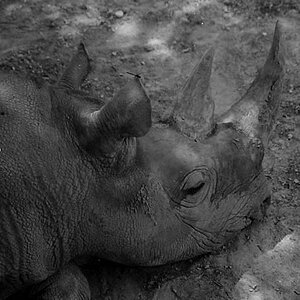arfeliciano21
TPF Noob!
- Joined
- Jun 24, 2011
- Messages
- 66
- Reaction score
- 5
- Location
- Lebanon, PA
- Can others edit my Photos
- Photos OK to edit
What do I need to look for? When I'm out there I feel like I'm just walking around taking snap shots. Here are some samples c&c. Thanks in advance!
1.

waterfall2 by arfeliciano21, on Flickr
2.

waterfall3 by arfeliciano21, on Flickr
3.

sunrise by arfeliciano21, on Flickr
1.

waterfall2 by arfeliciano21, on Flickr
2.

waterfall3 by arfeliciano21, on Flickr
3.

sunrise by arfeliciano21, on Flickr


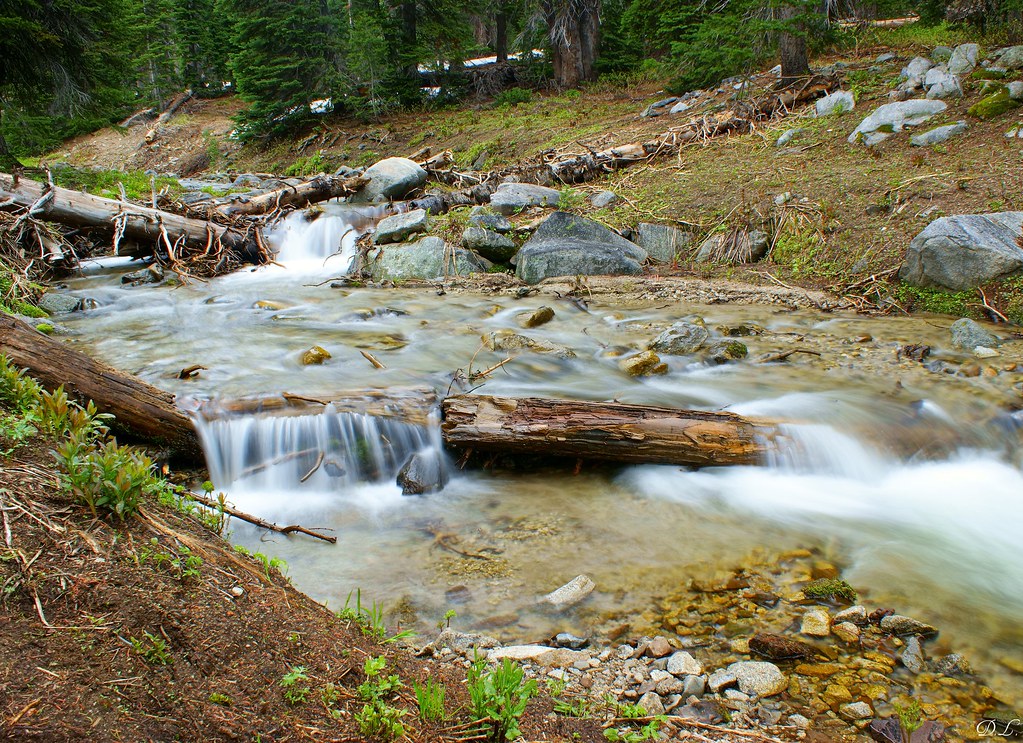
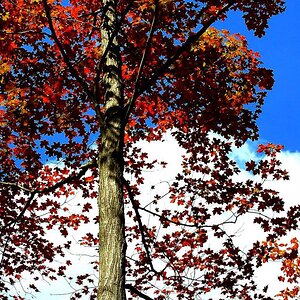
![[No title]](/data/xfmg/thumbnail/36/36650-edd8c21212fe9fbd7e59bfb08cdc91ea.jpg?1619737672)
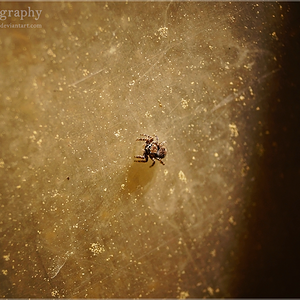

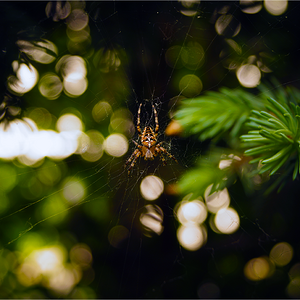
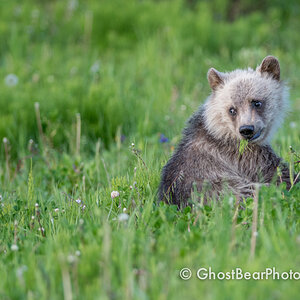
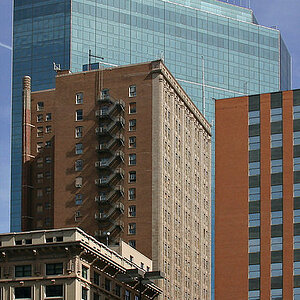
![[No title]](/data/xfmg/thumbnail/36/36652-145f66f617fee0f81baca6f8db8b4eb2.jpg?1619737673)
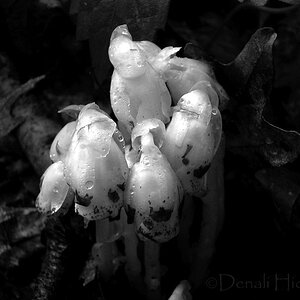
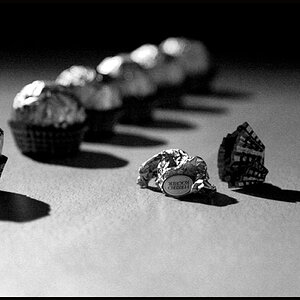
![[No title]](/data/xfmg/thumbnail/39/39474-4ba9b46daa507ab0506d70b86d8622ee.jpg?1619739044)
